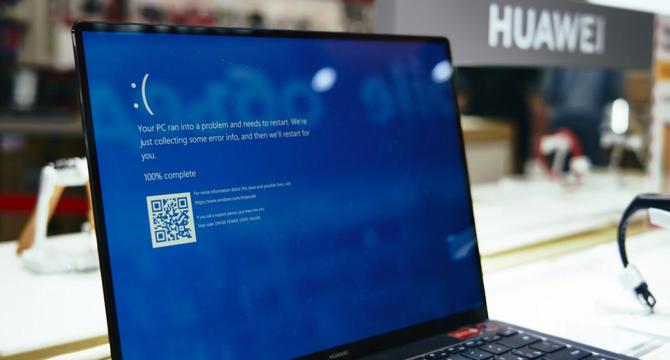Digitaltrends
1M
423

Image Credit: Digitaltrends
How the Blue Screen of Death became your PC’s grim reaper
- The Blue Screen of Death (BSOD) is a sign that something catastrophic has happened in your system and it needs to reboot to save it, as the operating system can't recover from the crash. John Vert is responsible for creating the modern BSOD that we recognise today, which first appeared in Windows NT 3.1 in 1993.
- The colour blue was chosen because the developer Vert was familiar with it as he was programming with the SlickEdit software which used white text on a blue background, and the crashes forced the display adapter into text mode, which only had a basic colour palette.
- The vast majority of BSODs come from driver errors, and errors only occur because Windows is trying to protect the system. It crashes to prevent corruption due to an error like a driver writing to a place in memory that would cause it.
- Windows 3.0 screens would display error messages on a blue screen, which were more of a notice screen, whereas in versions like Windows 95, the device driver crashes would show a blue screen called the “blue screen of lameness”.
- Between Windows 2000 and Windows 7, the Blue Screen of Death didn’t change much. However, the release of Windows Server 2012 and Windows 8 saw the cerulean colour replace the basic blue screen that was seen earlier.
- The BSOD has undergone changes over the past few years. Windows 10 now features a QR code that leads to a support page. Windows 11 had originally changed the BSOD to a black screen, but then reverted back to cerulean.
- The NotMyFault tool from Microsoft can be used to celebrate and even play around with the different versions of the BSOD. This tool allows users to force BSODs, which is primarily used for debugging and problem-solving purposes.
Read Full Article
25 Likes
For uninterrupted reading, download the app